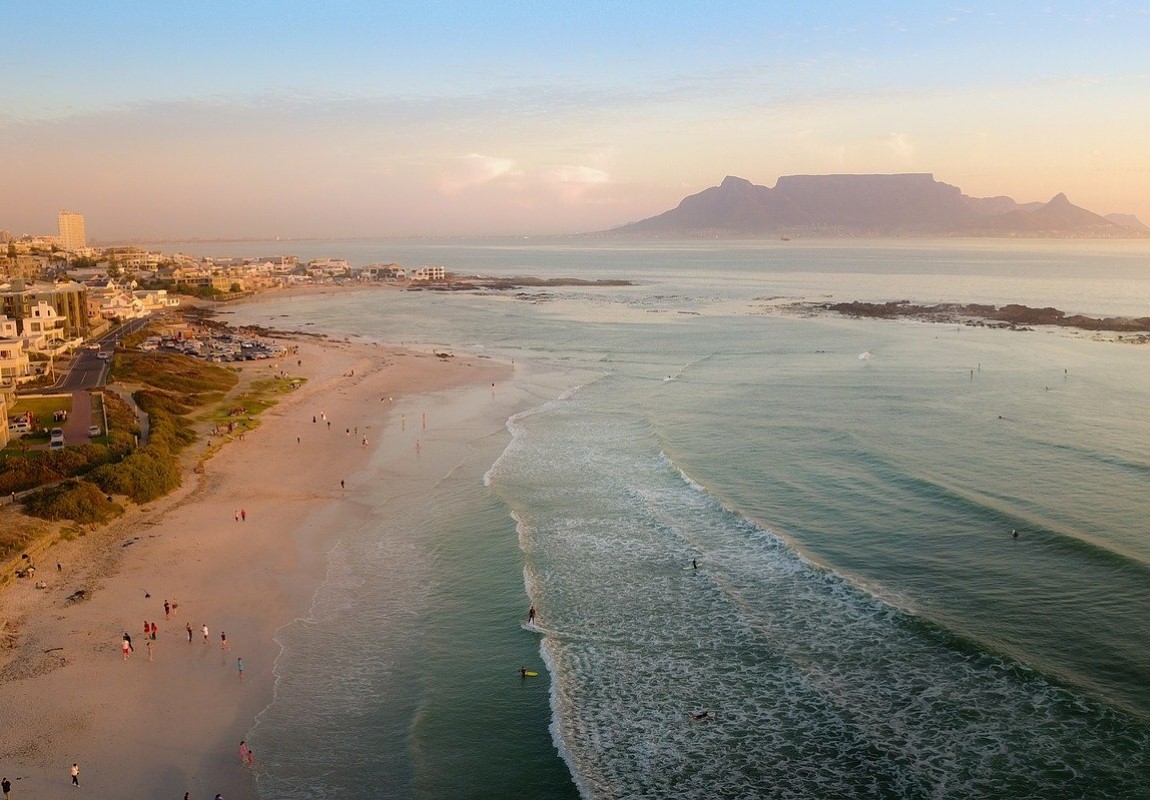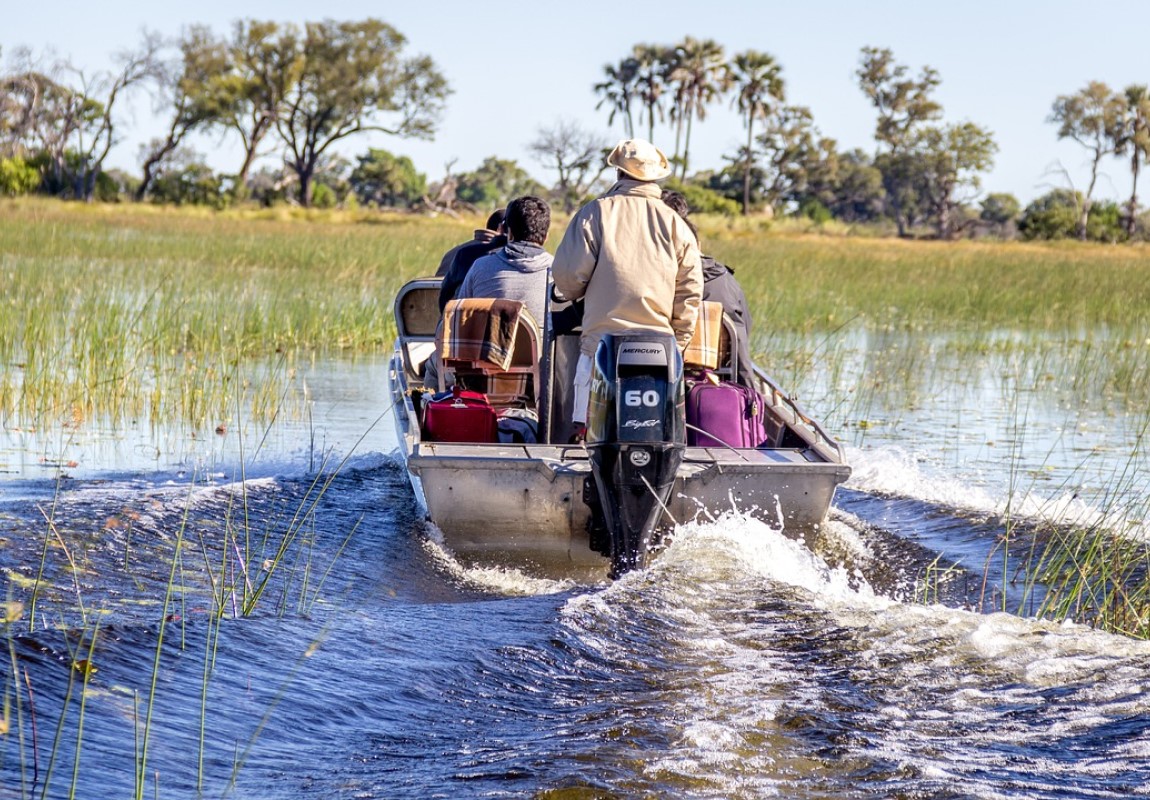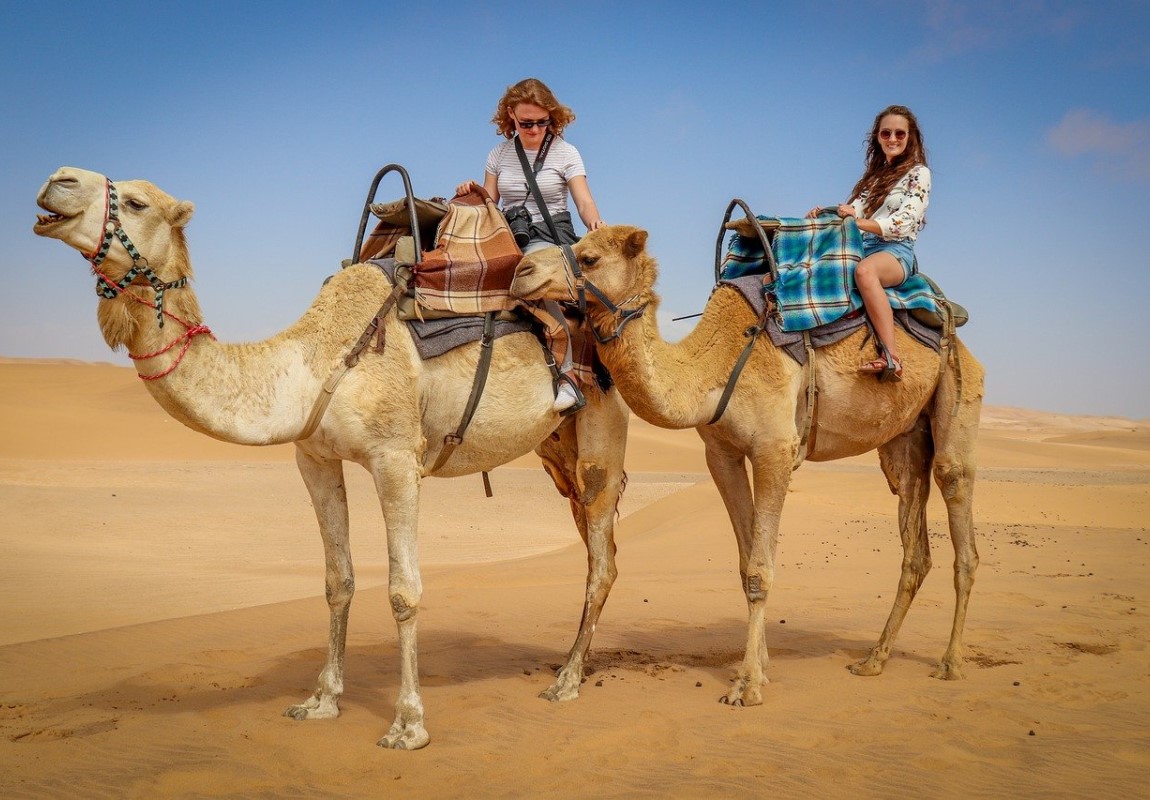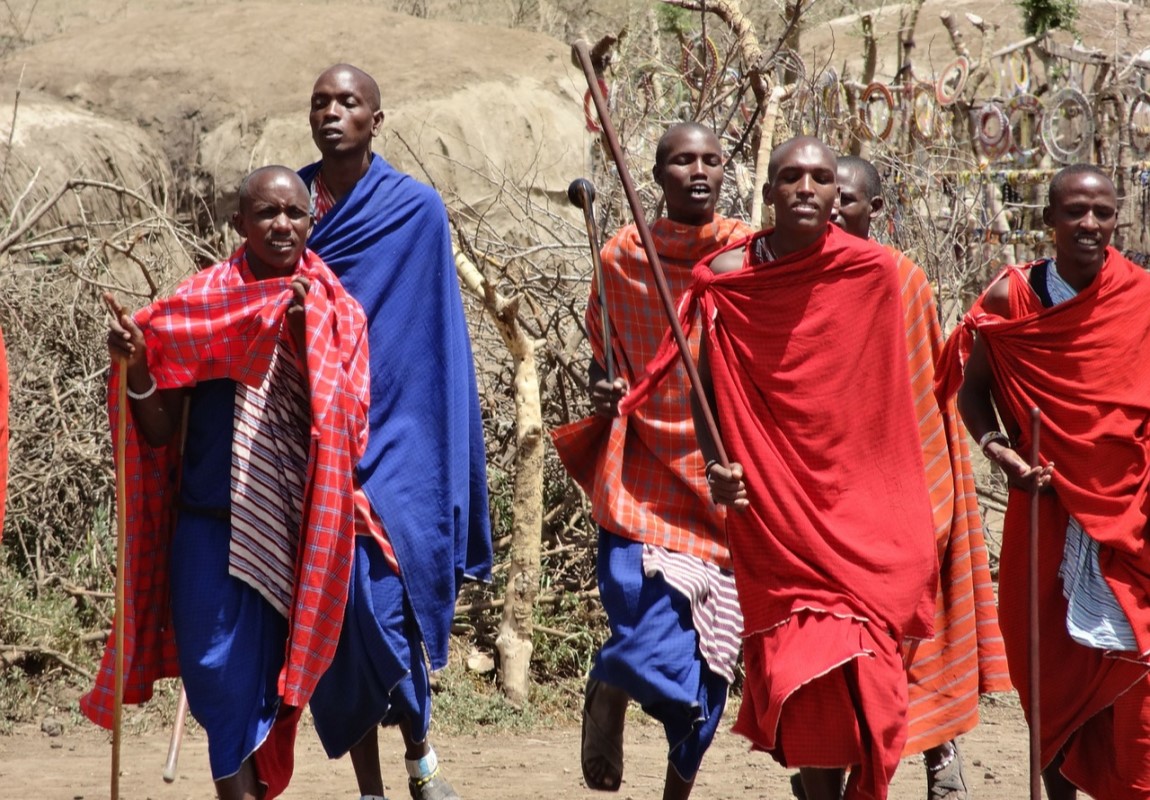Starting from
$250PP
Overview
Watamu is a small town on Kenya's Indian Ocean coast, about 105 kilometres north of Mombasa and 15 kilometres south of Malindi. It is located on a small bluff between the Blue Lagoon and Watamu Bay. Tourism and fishing are its main economic activities.
The area's shoreline includes white sand beaches and offshore coral formations arranged in various bays and beaches, including Garoda Beach, Turtle Bay, Blue Lagoon Bay, Watamu Bay, Ocean breeze, Kanani reef, and Jacaranda beach. They are part of the Watamu Marine National Park, which protects them. The Marine Park is regarded as one of the best snorkelling and diving spots on the East African coast. It is also ranked as Africa's third-best beach due to its crystal clear water and silver sand beaches.
Pros & Cons
- Excellent wildlife viewing opportunities
- Beautiful and diverse scenery
- Professional guided safaris
- Unique ecosystem and biodiversity
- Can be crowded during peak season
- Weather dependent activities
Map in Kenya
Want to Visit Watamu?
Want to Visit Watamu?
Best Time to Visit – Watamu
May to October (Dry Season)
- Less vegetation and animals concentrate around water, making them easier to spot
- The skies are clear, rain is rare, and there are fewer mosquitoes
- Even though most tourists visit during the Dry season, the parks still feel uncrowded, except for the bustling Chobe riverfront area
- Early morning and evening drives are cold in June, July and August
May to October (Wet Season)
- The scenery is greener, and there are lower rates during this season
- Although wildlife is easier to spot in the Dry season, you'll still see plenty
- There are many newborn animals and migratory birds
- Except for January and February, rains seldom interfere with your trip
- During January and February, the rains can be continuous for days
- It gets very hot in October and November
- Some lodges and camps close down during part of the Wet season
Want to Visit Watamu?
Activities
Explore popular activities available in and around Watamu.
Want to Visit Watamu?
No FAQs available for this park yet.

 English
English French
French












